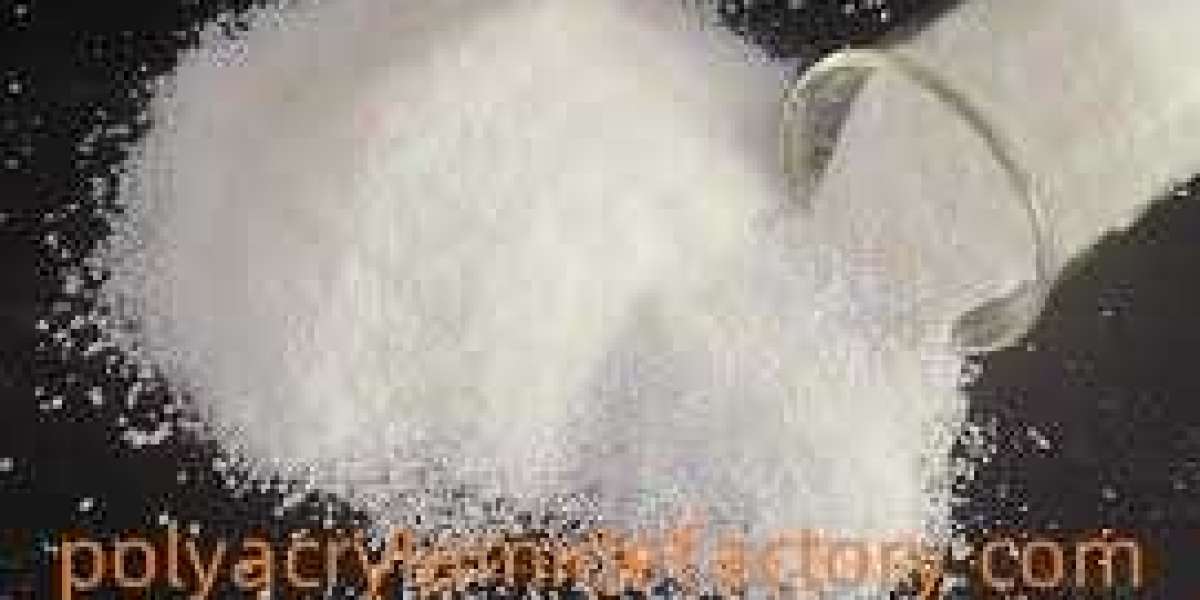oilfield polyacrylamide is widely applied in enhanced oil recovery and various water management operations. Its primary function is to modify fluid properties, often improving sweep efficiency and reducing water production. However, the use of polyacrylamide in oilfield environments requires careful consideration of injectivity and formation damage risks.
Injectivity refers to the ability to pump treatment fluids into a reservoir without excessive pressure buildup. When polyacrylamide is introduced, its molecular structure and solution properties can sometimes influence flow behavior within the formation. If not matched to the reservoir conditions, the increased viscosity or molecular entanglement may contribute to reduced injectivity. This can lead to operational challenges and reduced treatment efficiency.
Formation damage can occur when polymer particles or degradation by-products block pore spaces, altering permeability. This may happen if the polyacrylamide is not adequately dissolved, if impurities are present, or if it interacts with certain minerals in the formation. Once these blockages develop, they can be difficult to remove and may result in long-term declines in well productivity.
Water chemistry also plays a role in both injectivity and formation damage. High salinity, certain ions, or temperature fluctuations can affect the stability and performance of oilfield polyacrylamide. In some cases, these conditions may cause polymer precipitation or hydrolysis, leading to changes in solution properties and increased risk of plugging.
Operational practices are critical to minimizing these risks. Proper solution preparation, filtration, and quality control before injection help reduce the likelihood of undissolved material entering the formation. Matching polymer type and concentration to reservoir characteristics is equally important, as is monitoring injectivity trends during the treatment period.
In some projects, alternative injection strategies or the use of specialized polyacrylamide formulations may help mitigate formation damage potential. Continued research into polymer chemistry and compatibility with reservoir environments is expanding the range of solutions available to oilfield operators.
For companies seeking consistent and reliable oilfield polyacrylamide products, Polyacrylamidefactory provides manufacturing capabilities focused on stability and adaptability. Our products are developed to align with diverse field conditions, supporting both operational efficiency and long-term performance. Learn more about our offerings by visiting https://www.polyacrylamidefactory.com/news/industry-news/cationic-polyacrylamide-emulsion-applications-benefits-and-more.html








